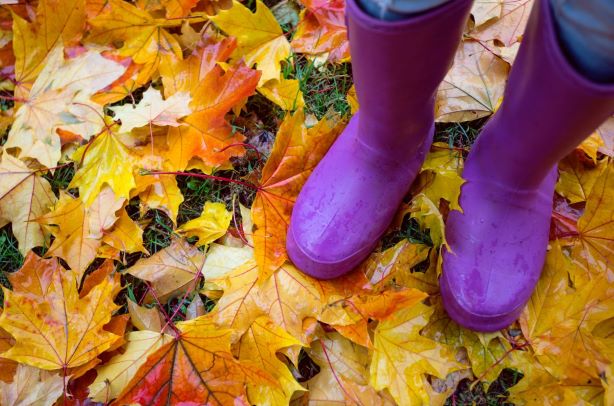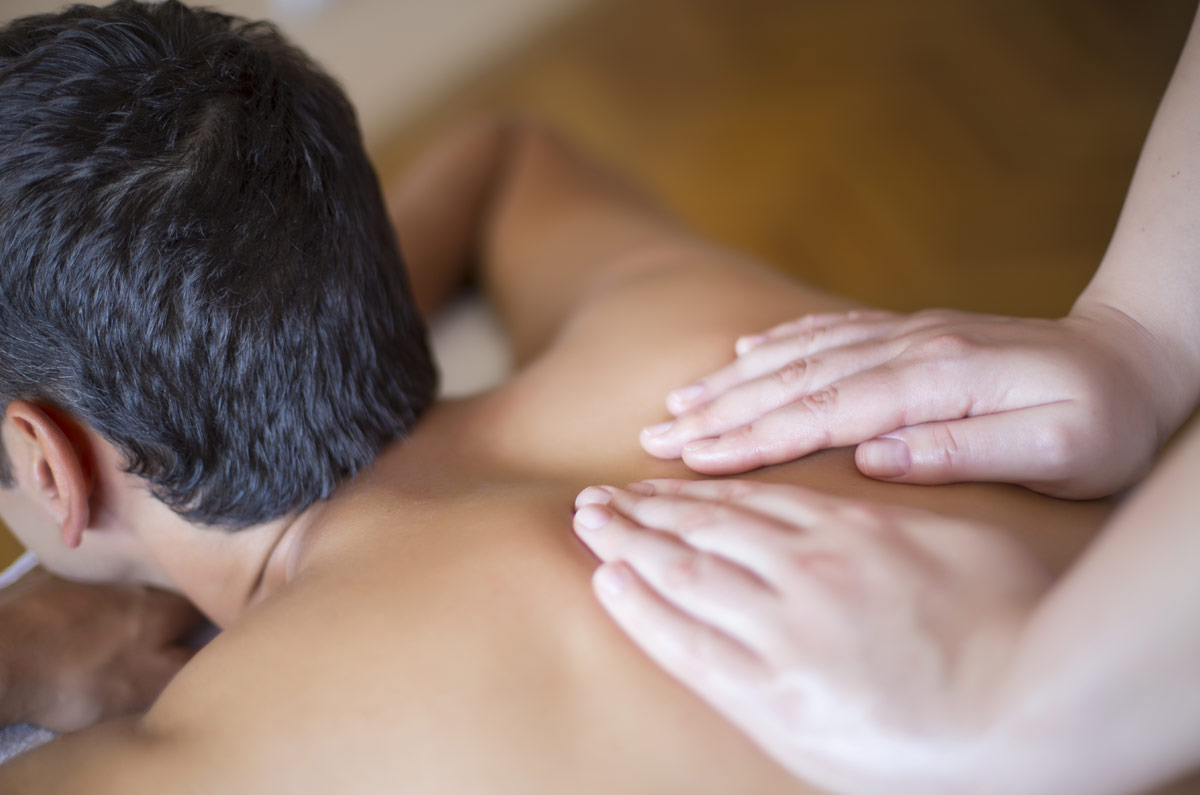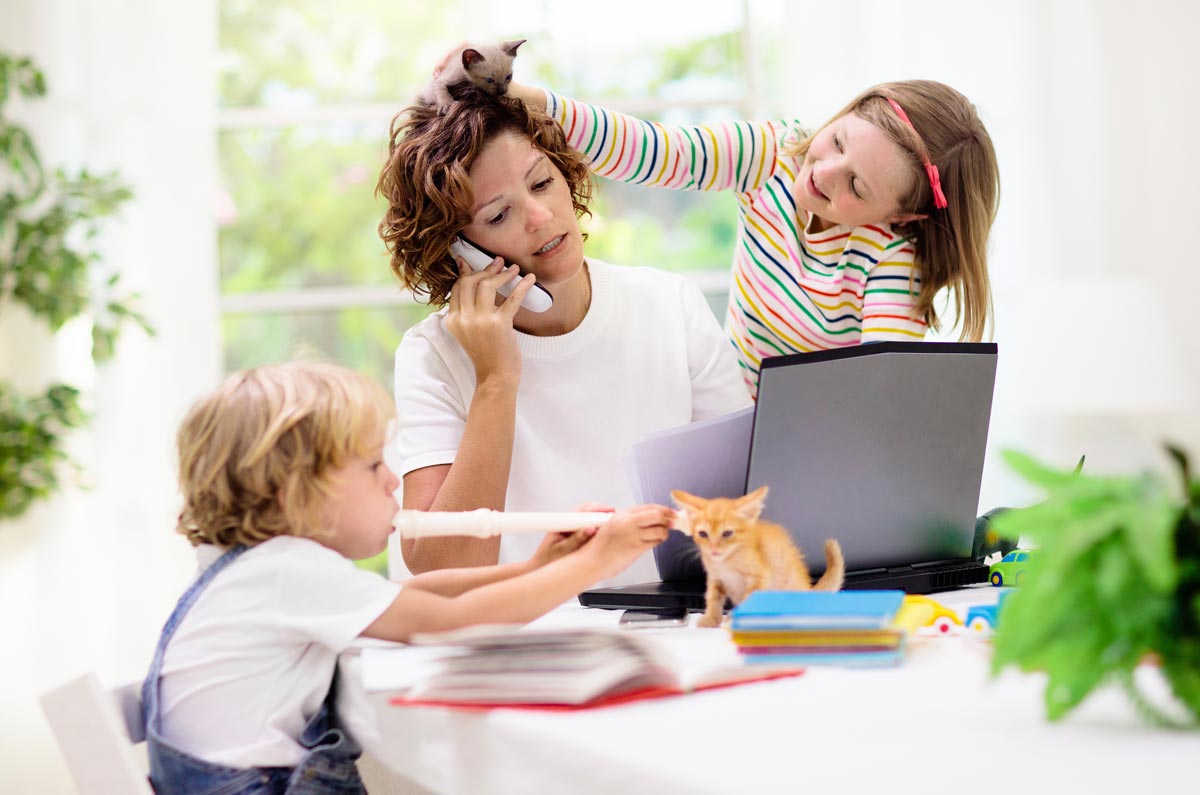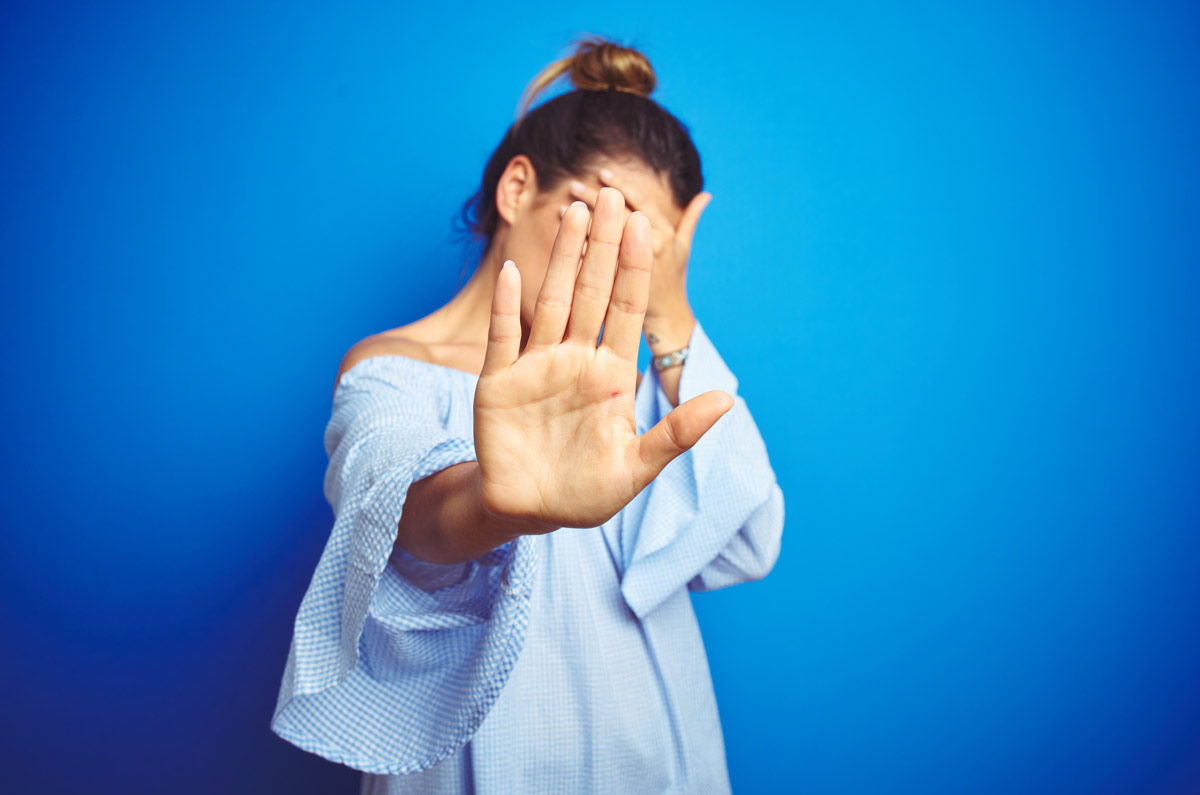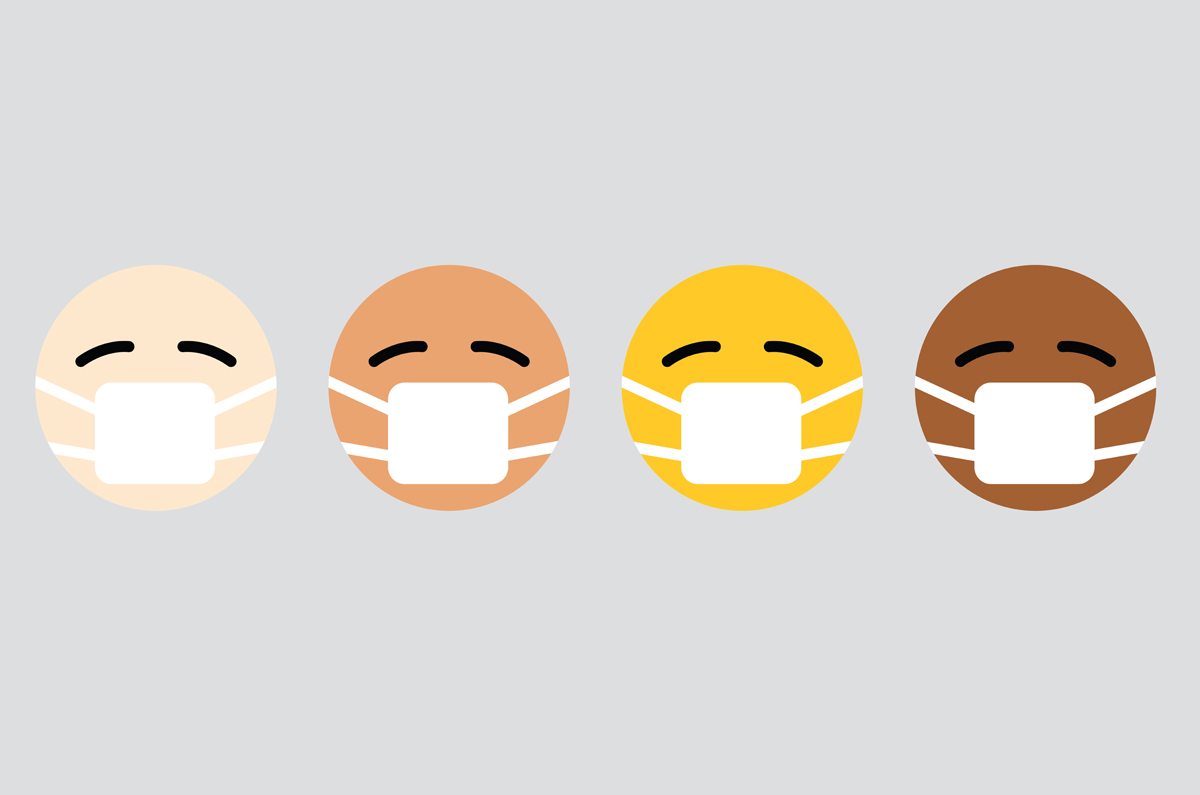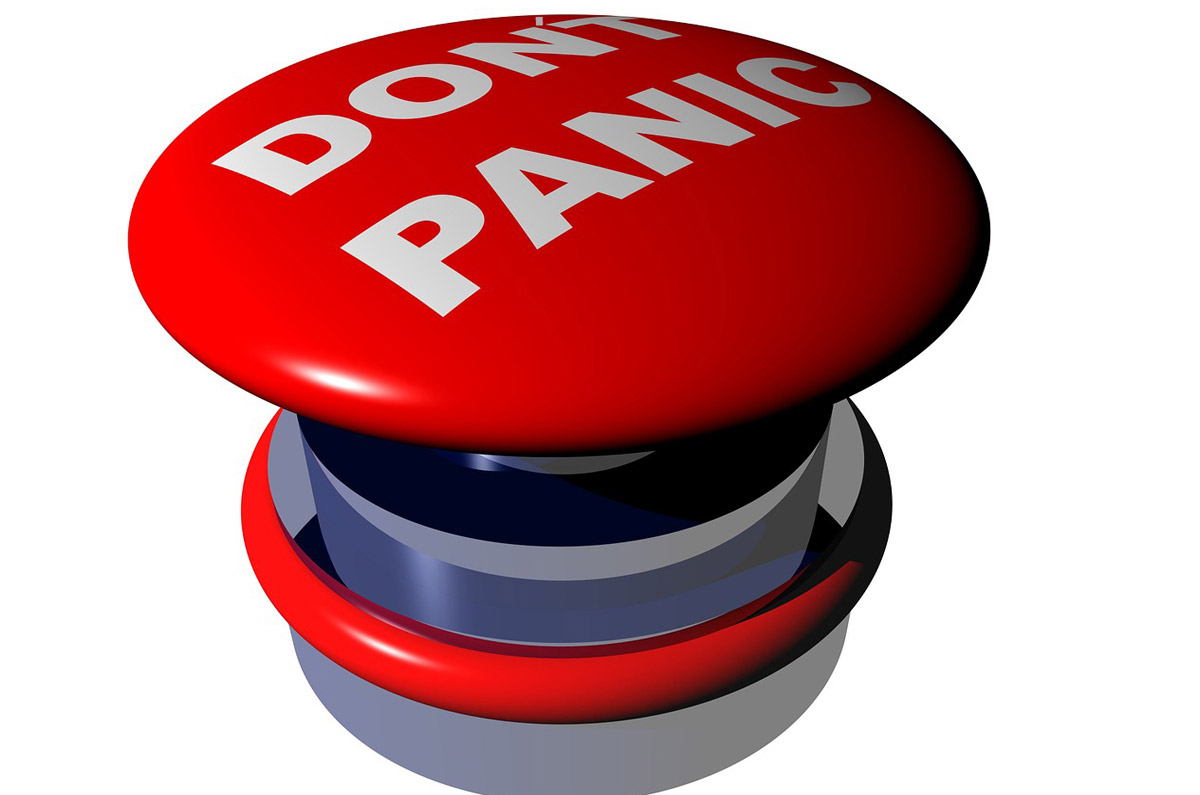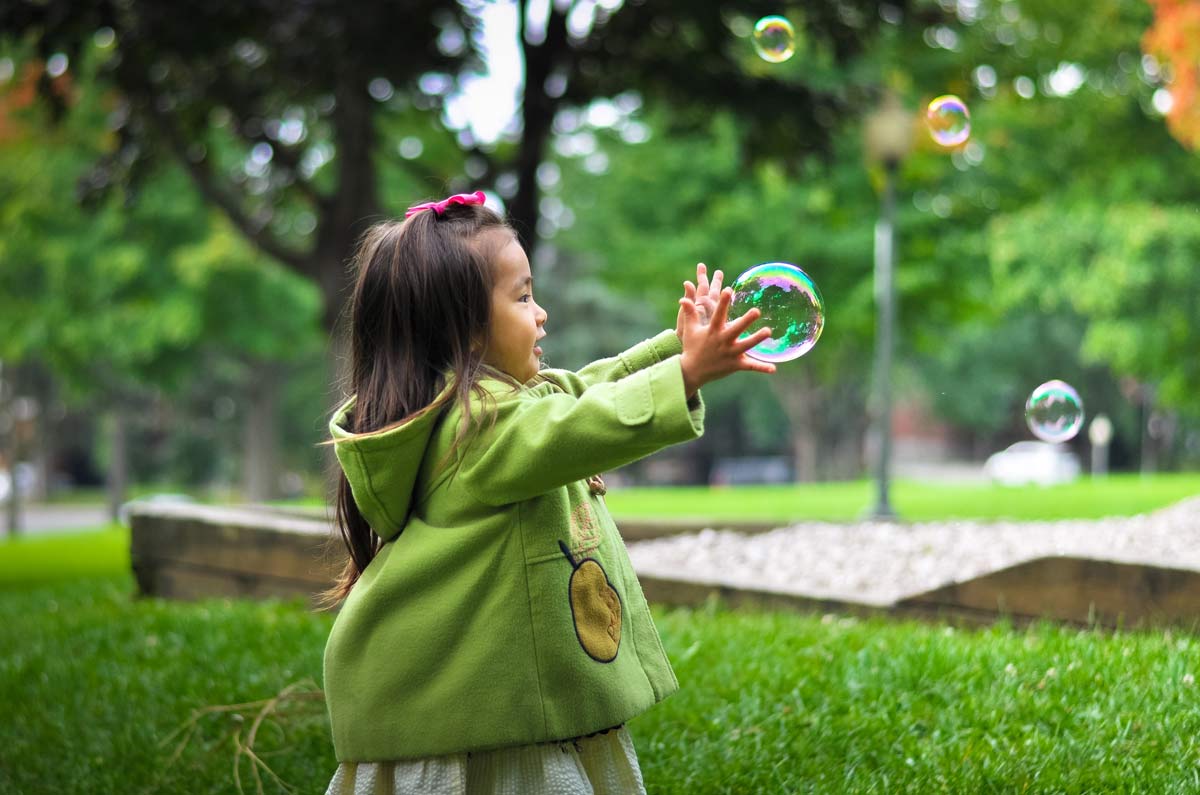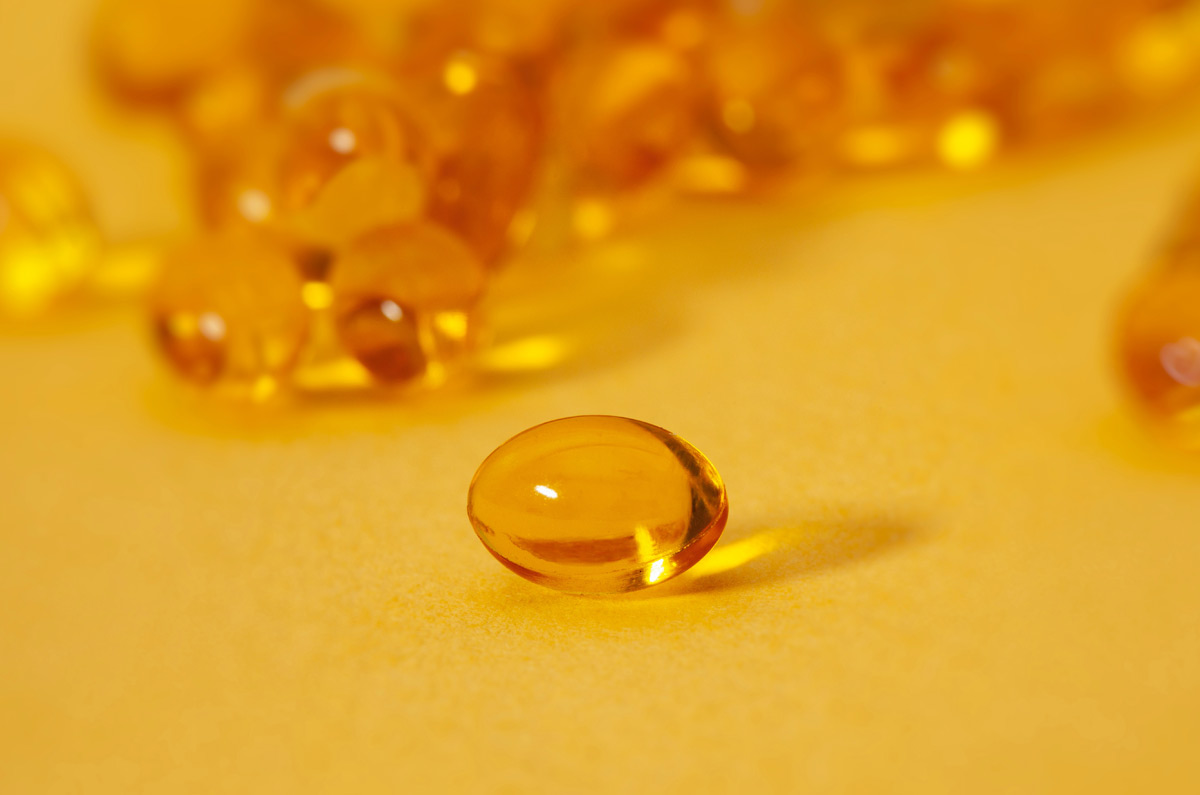The purr-fect treatment for COVID and MSK conditions!
In the midst of all of the stress, unhappiness, boredom and frustration of this pandemic, something that always lightens my heart is the presence of my cats. Their antics while I work from home are so entertaining (and often distracting).
And nothing lifts the spirits more than seeing ridiculously happy dogs in the park as they take their owners for a walk.
There’s a reason we share so many animal memes and videos. Animals take us out of our own world for a moment, and make us smile and laugh out loud with their boundless joy and exuberance.
In the absence of a specific treatment or vaccine for this pandemic I think our pets, and the animals around us, are the perfect therapy. They’re always ready for walks, pats, cuddles and conversation. They ease our loneliness, they listen to our rants, they don’t judge our moves as we dance around the house. They give us a reason to get out of bed, to be active and to just keep going when things seem bleak.
Apart from helping us through these tough COVID-times, our pets are wonderful therapy for helping us manage our chronic conditions. They distract us from our pain and can help us manage our anxiety.
Research has shown that owning a pet can:
- decrease cholesterol levels and blood pressure
- decrease feelings of loneliness
- reduce your stress
- improve your mood
- increase opportunities for exercise and outdoor activities.
With all of that good stuff, it’s no wonder almost two-thirds of Australian households have a pet, and 90% of us have had a pet at some time. (1)
The time’s right – let’s get a pet!
Hold your horses for a minute. If you’ve been thinking of getting a pet, and you think now’s the right time, it’s important that you do your research. It’s easy to get swept up in the excitement of adopting a pet. Especially now in the thick of a global pandemic and you’re feeling lonely or bored.
But you need to make sure the fit is right for you and the animal. You need to be willing to take on the pet for the entirety of its life. That’s a big responsibility. You need to have space for them, be able to afford them (including food, bedding, vet bills, vaccinations, litter, boarding), have time to play with them and exercise them.
The RSPCA has several resources to help you decide on the right pet for you. Check the More to Explore section below for links.
I love animals, but I can’t have a pet.
Sadly pet ownership isn’t an option for everyone. You may live somewhere that doesn’t allow pets, you don’t have space, you’re allergic or you live with someone who is, or you work long hours and aren’t home very much.
If that’s the case, but you want to be around animals more, there are lots of other options:
- offer to walk a family members/friends/neighbours pet. Just make sure you follow all the COVID requirements for your area, including washing your hands thoroughly before and afterwards.
- volunteer your time at an animal shelter – there are lots of things you can do – playtime socialisation, patting cats, walking dogs.
- look after a family member or friends pet when they go on holiday (remember those?).
- think outside the litter box. There are others pets you can adopt that may be an option including fish, birds, spiders, mice, rabbits, ferrets and rats. They may provide a bit more flexibility than the traditional cat or dog ownership.
- watch videos online. The internet is practically one big animal video…crazy cats, daggy dogs, goofy goats. It’s all there waiting for you to find. And even though you’re not in physical contact with an animal, this connection can boost your mood and relieve stress.
What about COVID?
According to the World Health Organization “several dogs and cats…in contact with infected humans have tested positive for COVID-19. In addition, ferrets appear to be susceptible to the infection…however, there is no evidence that these animals can transmit the disease to humans and spread COVID-19.”(2)
Phew. But what if you get sick?
First – the Australian Veterinary Association advises that if you get COVID-19, you should minimise close contact with your pet during this time, such as hugging, face to face contact or sleeping on your bed.(3)
Second – you have to isolate until the Public Health Unit lets you know you can go back into the community.
That means you can’t leave your house except in an emergency or to get essential medical care. But if you have a pet, you might need some help. You may not feel well enough to care for your pet/s, you may need more food and supplies for them or need someone to take your dog for a walk. Or your pet may need to see the vet.
Some things you can do:
- order food and other essentials online, via pet supply stores or your grocery store, and have them delivered to your door
- ask a friend/family member/neighbour to pick up supplies for your pet, or take your dog for walks
- if you’re too sick to look after your pet, ask a friend/family member/neighbour if they can take them in, or look after them
- if your pet is unwell and needs to see the vet, don’t leave your home. Call your vet and ask for their advice. They’ll work with you to ensure your pet gets the treatment they need while keeping vet staff safe.
It’s vital that you take all precautions to ensure that whoever helps you isn’t exposed to you and the virus. You’ll also need to be mindful of current restrictions. Check your local state/territory health website for info.
Finally – the Battersea Dogs and Cats Home (UK) has some information on other things you can do to care for your pets if you’re ill or have to self-isolate due to coronavirus, including brain games to keep your dog occupied and happy. This is a general guide. Please be mindful that some of the restrictions in the UK are different to those in Australian states and territories.
Coming out of COVID-cray-cray
One day things will calm down and we’ll spend less time at home. We’ll be able to go to work, visit friends and stay away from our homes for longer periods of time. So we need to help our pets – those wonderful little creatures that have kept us sane during an insane time – get ready for this change. They’ve had us for AGES, and they’ll miss us being around all the time. This may cause them unnecessary stress and anxiety. The RSPCA has written a great article full of tips and advice on how you can make this transition less stressful for your pets: How can I prepare my pets for easing of COVID-19 restrictions?
Contact our free national Help Line
If you have questions about things like managing your pain, COVID-19, your musculoskeletal condition, treatment options, telehealth or accessing services be sure to call our nurses. They’re available weekdays between 9am-5pm on 1800 263 265; email (helpline@msk.org.au) or via Messenger.
More to explore
- What do I need to know before I get a new pet?
RSPCA - Smart Puppy and Dog Buyer’s Guide
RSPCA - Smart Kitten and Cat Buyer’s Guide
RSPCA - Connecting with pets
Head to Health, Australian Government - About pets and people
Centers for Disease Control and Prevention (USA)
References
(1) Pets in Australia: A national survey of pets and people
Animal Medicines Australia, 2019
(2) Q&A on coronaviruses (COVID-19)
World Health Organization, 17 April 2020
(3) Advice from the Australian Veterinary Association to pet owners: COVID-19 and companion animals
Australian Veterinary Association Ltd
Photo by Danika Perkinson on Unsplash


